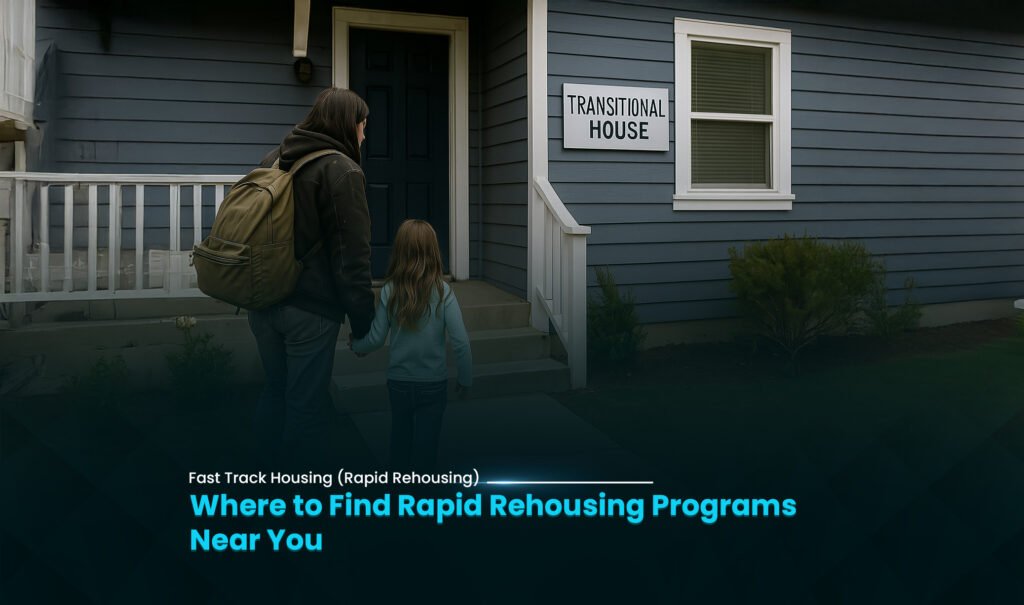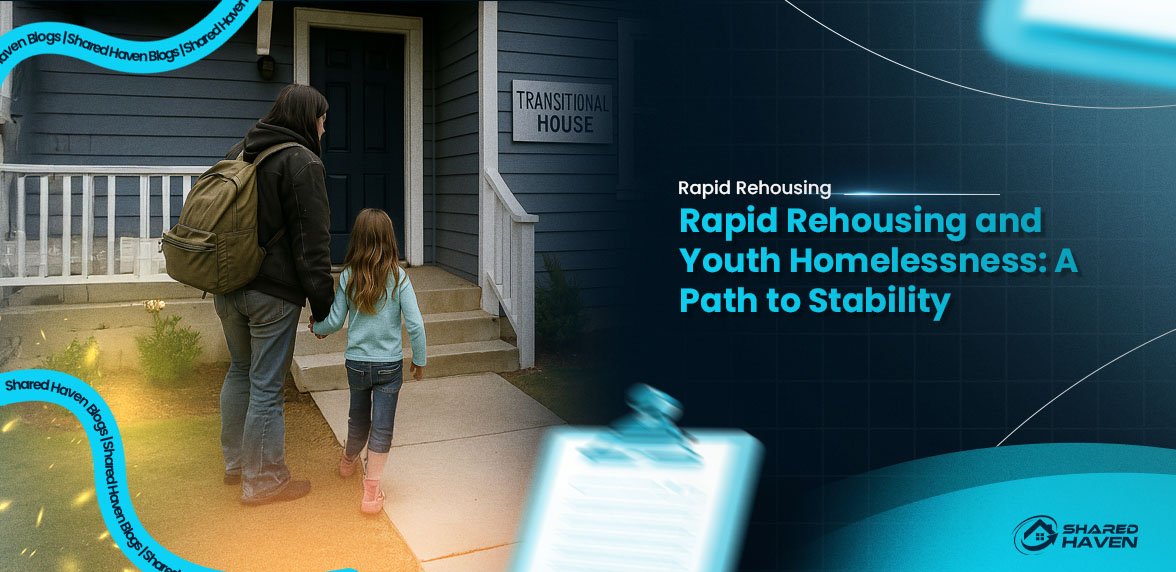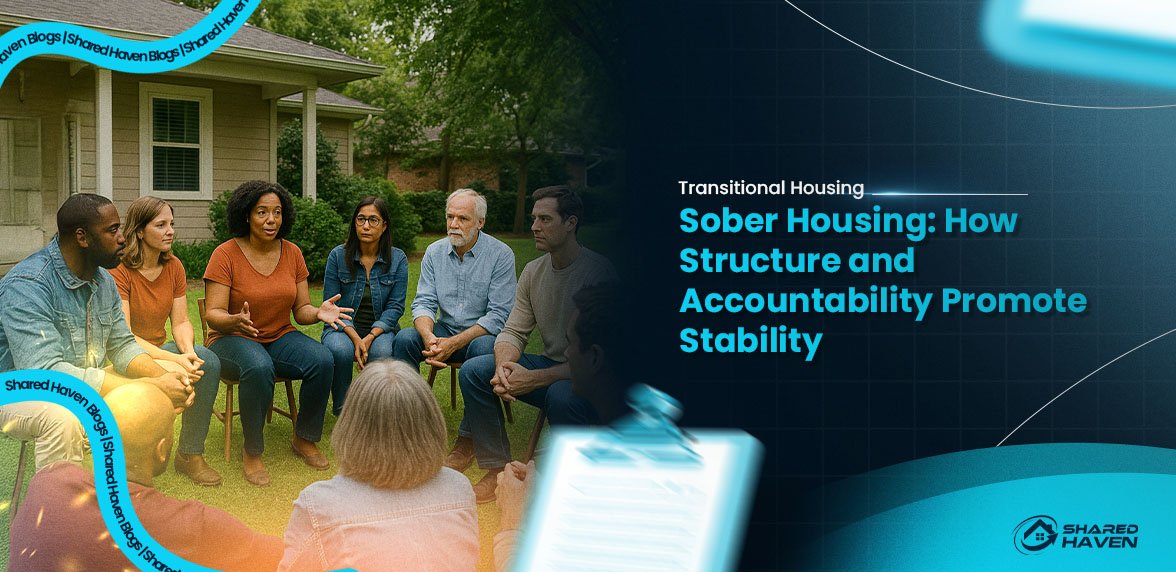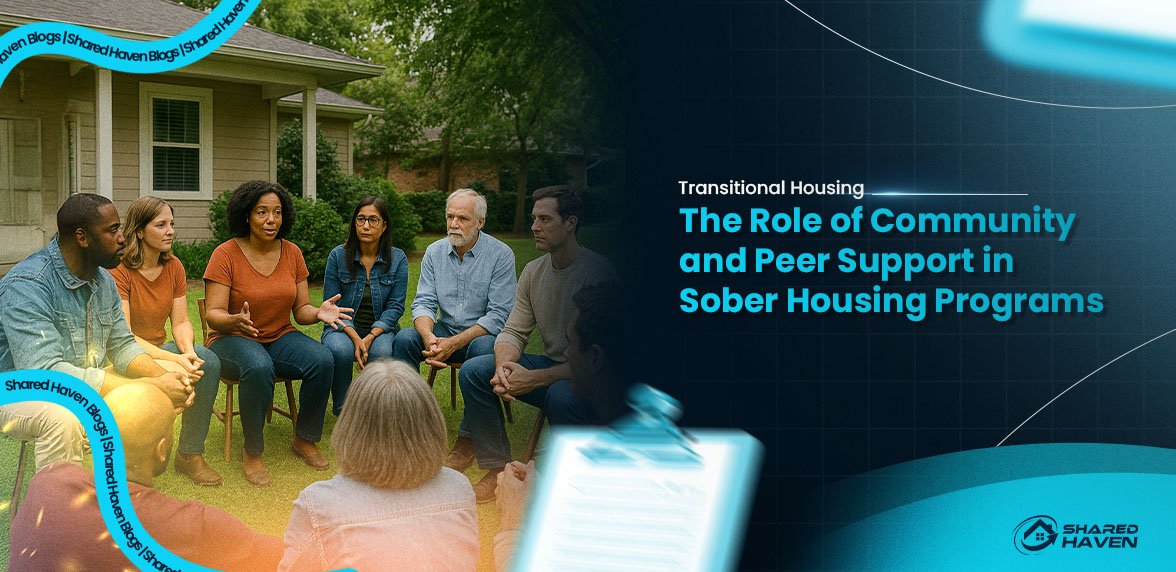Rapid Rehousing: Finding Programs Near You
Living without a permanent home is, consequently, incredibly difficult. It, furthermore, brings constant stress and uncertainty. Finding a safe, stable place to live, therefore, becomes the most urgent need. Rapid Rehousing programs, moreover, offer a critical solution. They, additionally, help people quickly move into their own homes. However, many individuals, consequently, struggle to find these programs. They, furthermore, wonder, “Where can I find Rapid Rehousing programs near me?” This blog aims to demystify the process. You will, consequently, learn the best ways to connect with these vital services in your local area.
Understanding Rapid Rehousing
Rapid Rehousing is an intervention. It, furthermore, helps individuals and families. They are, moreover, experiencing homelessness. It moves them quickly into permanent housing. It, additionally, also provides time-limited rental assistance. Crucially, it offers tailored supportive services. These services, furthermore, address individual needs. The core principle is clear. Stable housing, consequently, is the foundation for everything else. Once housed, people can then effectively address other life challenges.
Your First Step: The Coordinated Entry System
The most effective way to find Rapid Rehousing programs is through your local Coordinated Entry System (CES). Rather than being a single office or website, CES is a streamlined process that connects people with the right homeless services. It’s designed to ensure fairness and prioritize individuals with the greatest need.
Every community receiving federal homeless assistance funds is required to have a CES in place. This system prevents people from having to go from agency to agency, reduces duplication of effort, and creates a more organized and equitable approach to housing support.
How to Access Your Local CES
Connecting with your local CES is, consequently, the crucial first step. The exact method can, furthermore, vary slightly by city or state. However, several common avenues, consequently, exist.
Dial 2-1-1: This is a widely available, national helpline. It, furthermore, connects you to local health and human services. When you call, an operator can, consequently, direct you to your specific community’s CES. They will, furthermore, provide contact information. They might, additionally, even schedule your initial assessment. This is, moreover, often the quickest way to get started.
Visit a Local Homeless Outreach Center: Many cities and counties, furthermore, have dedicated outreach teams. These teams, moreover, engage directly with people experiencing homelessness. They can, consequently, connect you to the CES. They, furthermore, often have walk-in hours for assessments or referrals. You can, therefore, search online for “homeless outreach [your city/county]” to find these centers.
Contact a Local Emergency Shelter: Emergency shelters, moreover, are almost always part of the CES network. If you are staying in a shelter, speak with the staff. They can, consequently, conduct initial assessments. also make direct referrals to the CES. They, moreover, understand the process.
Reach Out to Community Service Agencies: Many non-profit organizations, furthermore, offer support to people experiencing homelessness. This includes food banks, day shelters, and other social service agencies. These organizations, furthermore, often have direct connections to the CES. They can, consequently, guide you to the correct entry point. Ask, moreover, if they can help you connect with housing assistance.
Look for Local Government Homeless Services Websites: Many city or county government websites, furthermore, have sections dedicated to homeless services. These, moreover, often list contact information for the CES. They might, additionally, also provide details on how to access assessments. Search, consequently, for “[your city/state] homeless services” or “[your city/state] coordinated entry.”
What to Expect at the Coordinated Entry Assessment
Once you connect with the CES, you will, consequently, undergo an assessment. This is a standardized process. It, furthermore, gathers information about your situation. It, moreover, helps determine your eligibility for various housing programs. This, additionally, includes Rapid Rehousing.
Rapid Rehousing programs: Information Gathered During the Assessment
The assessment will, consequently, cover several key areas. It will, furthermore, ask about your housing history. It will, moreover, inquire about your current living situation. This, consequently, helps confirm if you meet the definition of “literal homelessness.” They will, furthermore, ask about your income sources. This includes employment, benefits, or lack thereof. Mental health conditions will, moreover, be discussed. Substance use issues might, furthermore, also be explored. Any physical disabilities or chronic health conditions will, consequently, be noted. The assessment aims to understand your unique circumstances. It, furthermore, identifies your specific barriers to housing. It, additionally, also helps assess your vulnerability.
Verifying “Literal Homelessness” for Rapid Rehousing
To qualify for Rapid Rehousing, you must meet the definition of “literal homelessness.” This means you lack a fixed, regular, and adequate nighttime residence. This, furthermore, includes living in:
A public or private place not meant for human habitation (e.g., streets, cars, abandoned buildings).
An emergency shelter.
Transitional housing for homeless persons (even if you are in a temporary program, you are still considered literally homeless for Rapid Rehousing purposes).
Fleeing domestic violence, sexual assault, dating violence, stalking, or human trafficking and have nowhere safe to go.
Documentation of this status is, consequently, often required. This can, furthermore, come from outreach workers. It might, alternatively, be provided by shelter staff. Sometimes, self-certification is, however, accepted if other proof is unavailable.
Prioritization for Rapid Rehousing Programs
Demand for Rapid Rehousing often exceeds program availability. Therefore, communities, consequently, use prioritization methods. This, furthermore, ensures those with the greatest need receive assistance first. Prioritization criteria can, however, vary by location. However, common factors, consequently, often include:
Vulnerability and Acuity Scores
Many communities, furthermore, use standardized assessment tools. These tools, moreover, measure how vulnerable an individual is. They, additionally, assess the severity of their needs. Those with higher scores, consequently, typically receive priority. This might, for example, include individuals with disabling conditions. It, furthermore, covers those with long histories of homelessness.
Length of Homelessness
Individuals experiencing chronic homelessness, consequently, are frequently prioritized. This means continuous homelessness for a year or more. It can, furthermore, also mean four or more episodes of homelessness totaling at least 12 months in the last three years.
Specific Populations
Some Rapid Rehousing programs, moreover, target specific groups. This, for example, includes veterans. It, furthermore, covers families with children. It, additionally, also includes survivors of domestic violence. Youth aging out of foster care are, furthermore, often a focus. If you belong to one of these groups, inquire, consequently, about specialized programs.
After your assessment, you will, consequently, likely be placed on a “By-Name List” (BNL). This list, furthermore, helps track individuals experiencing homelessness. It, additionally, also helps prioritize them for housing resources. When a Rapid Rehousing program has an opening, they, consequently, select from this list.
The Referral Process to a Rapid Rehousing Provider
Based on your assessment and prioritization, the CES may, consequently, issue a referral. This directs you to a specific Rapid Rehousing program or provider agency. It is, furthermore, important to remember that programs have limited slots. Wait times can, moreover, vary depending on local demand and resources.
What Happens After the Referral
Once a Rapid Rehousing program receives your referral, they will contact you. You will then, consequently, proceed with their specific intake process. This, furthermore, typically involves more detailed paperwork. You will, moreover, also meet your assigned case manager. This case manager will, consequently, conduct their own in-depth assessment. This, furthermore, helps them tailor services to your unique needs. Together, you will, additionally, develop a personalized service plan. This plan, consequently, outlines your housing goals. It, furthermore, details the specific support you will receive.
Beyond the CES: Other Resources to Explore
While the CES is, furthermore, your primary gateway, other resources can, moreover, offer assistance or information.
Local Homeless Coalitions or Continuums of Care (CoCs): These are community-wide bodies. They, furthermore, coordinate homeless services. They, moreover, often have public websites listing member agencies. additionally, provide contact information for various housing programs. Search, consequently, for “[your city/state] Continuum of Care.”
Department of Housing and Urban Development (HUD): HUD, furthermore, funds many homeless assistance programs. Their website (HUD.gov), moreover, offers resources. You can, additionally, find local homeless assistance providers. You can, furthermore, also find public housing agencies.
National Hotlines for Specific Populations:
Veterans: The National Call Center for Homeless Veterans (1-877-4AID-VET) provides support.
Youth: The National Runaway Safeline (1-800-RUNAWAY) helps at-risk youth.
Domestic Violence Survivors: The National Domestic Violence Hotline (1-800-799-SAFE) offers crisis support. These hotlines can, consequently, connect you to specialized Rapid Rehousing programs.
Conclusion: Your Path to a Stable Home
Finding Rapid Rehousing programs near you starts by connecting with your local Coordinated Entry System (CES). This streamlined process ensures you’re assessed fairly and connected to the most appropriate housing solution based on your needs.
While the journey may require patience and persistence, Rapid Rehousing offers a critical pathway out of homelessness. It helps individuals and families transition from crisis to stability by providing essential financial assistance and personalized supportive services.
By actively engaging with the process and utilizing the resources available, you can take the first step toward lasting housing stability and a more independent future.
National Hotline for Homelessness





